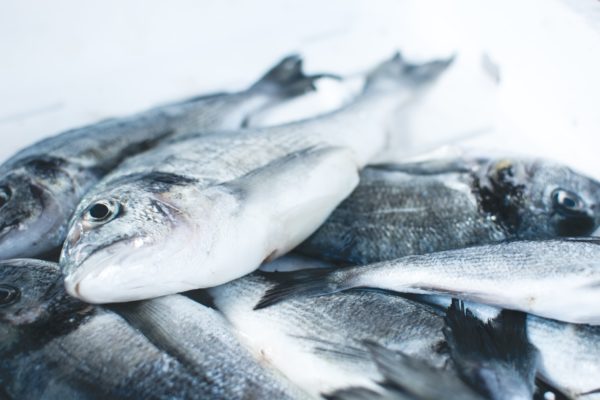Deakin researchers have discovered that the genetic diversity of Australian parrots affects their chances of contracting a common but deadly virus, and also how much of the virus they harbour.
Beak and Feather Disease Virus (BFDV) is thought to affect all of Australia’s parrot species, but new research from Deakin University’s Centre for Integrative Ecology (CIE) suggests genetic variability in bird populations may be the key to how badly birds are affected.
The study’s results, published in “Scientific Reports,” indicate that small threatened populations like the high-profile orange-bellied parrot, which experienced a deadly outbreak of BFDV in 2014, may therefore be more susceptible to infection.
Lead author Dr Justin Eastwood, who completed the research as part of his PhD studies at CIE, said BFDV disrupts the production of keratin, the building blocks of a bird’s feathers and bill.
“It can be pretty nasty for the birds, and even be fatal,” Dr Eastwood said.
“If birds get infected they may develop feather deformities, and this can progress to the point where they are completely bald. Some species, like the cockatoo, can also develop a beak deformity.”
Dr Eastwood said the research specifically looked at rosellas as their large variety of colours made it easier to study genetic diversity, but he said the results could help conservation efforts in a wide range of species.
The research team, made up of academics from CIE and Deakin’s School of Medicine, spent eight years studying the crimson rosella and its subspecies across Victoria, New South Wales and South Australia.
The team previously published findings that showed the bright colours of Crimson Rosellas appear to be linked to BFDV.
The group collected blood samples to determine the birds’ genetic variability and to test for the beak and feather disease virus.
“In rosella populations the virus rate is between 20 and 100 per cent, but many of these birds may not have obvious signs of the disease,” Dr Eastwood said.
“In this study, we found that having a higher level of genetic diversity decreased the chance of becoming infected. But, once infected, it was genetically common individuals in the population that had higher levels of the virus. Those with a more unique genetic makeup weathered the virus better.”
Study co-author Dr Mathew Berg said low genetic diversity was mainly linked to inbreeding.
“If two birds were closely related – a brother and sister, or a parent and child, for example – and they bred, their offspring would usually have very low genetic diversity,” he said.
Dr Berg said a large population size could help improve genetic diversity across parrot populations, which was why extremely rare species like the orange-bellied parrot could be most at risk.
“Inbreeding is a big problem in all small threatened parrots. For example, with orange-bellied parrots there are a tiny number of breeding pairs left in the wild and those pairs are already closely related with poor genetic diversity themselves,” he said.
[testimonial_text]This is why a lot of conservation management is worried about the fragmentation of habitat and improving the connection of small populations that can often become cut off from others of the same species.[/testimonial_text]
[testimonial_picture name=”Dr Mathew Berg” details=”Research Fellow, Centre for Integrative Ecology”]
 [/testimonial_picture]
[/testimonial_picture]“That’s why we’re trying to further understand the effects of low genetic diversity on parrot populations, so we can better address these issues with management practices.
“Parrots are one of the most threatened groups of birds, with almost one third of species around the world considered at risk of extinction, so this virus is a major conservation concern.”
The Deakin team are now working with BioSecurity Victoria, Zoos Victoria and Geelong’s Centre for Emerging Infectious Diseases to determine if the results they found also apply to another bird disease caused by bacteria.
The research team includes Dr Eastwood, Dr Berg, Professor Andy Bennett, Professor Ken Walder and Professor Kate Buchanan. Funding was provided by Deakin University and the Australian Research Council.
Published by Deakin Research on 20 October 2017



